If you’ve ever talked photography and cameras with me, you would know that I have a huge soft spot for all things Contax, specifically their 35mm SLR lineup, cameras and lenses included. Affordable, well-built, and high-performing. The Contax S2 is no exception.
The Contax S2 is a very interesting camera that either seems to be a hit or miss among photographers.The S2 was released in 1992 as a 60th Anniversary camera by Contax to celebrate their line of 35mm SLRs, and it quickly became a cult camera among shooters who love the simplicity of fully manual cameras. Although it is beautifully built and designed, it takes a back seat to the Contax T and G point and shoot lines nowadays that have been hyped to death (with the exception of the original T which is an absolute hidden gem).
Similar to the Contax T and G line, the Contax Yashica SLR line was known to feature some of the most elegant, high-tech electronic cameras of the time with the likes of the Contax RTS series, RX, and Aria ranking among some of the finest (in my opinion). The Contax S2 was a rare departure from the modern designs that preceded it. The camera was fully mechanical, with the only electronics being needed to power the internal light meter.
The meter is a 5mm spot meter that is located in the focusing plane of the S2 and a more rounded center-weighted meter can be found in the brother of the S2, the S2b. Aside from the difference in meters, the S2 features a silver body whilst the S2b features a darker onyx colored body.
Lastly, the S2b goes for around $600-700 on the used market and the S2 goes for nearly half of that at $300-400 (even less if you’re patient) . Both cameras, however, mount the beautiful and affordable lines of Carl Zeiss lenses which is a reason in and of itself to purchase the camera.
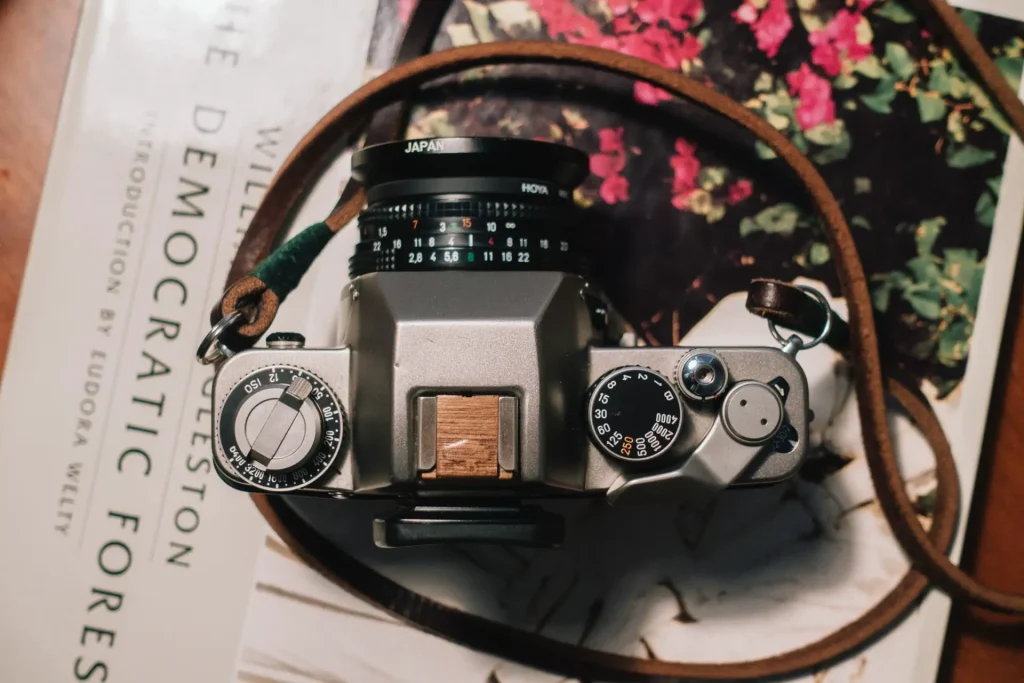
Why the Contax S2?
Having fallen in love with using Contax lenses on my Sony a7 series, I previously delved into the 35mm lineup with a Contax 139Q as my first analog camera. While this camera along with my favorite lens of all-time, the Zeiss Distagon 28mm f2.8, produced beautiful images, I wanted more control. This ultimately led me to put it in storage and later gift it to a friend as their first 35mm camera.
With the Contax S2, I was seeking a more robust and reliable camera with no frills to use my Contax lenses on. Since I didn’t get along with a 28 and 50 pair on my Leica M6, I was hoping that the S2 could cover that range at an affordable price seeing as I already owned and extensively used a Contax Zeiss 28mm f2.8 and 50mm f1.4 pair on my Sony a7 series over the past 4 years or so. At the time of purchase, my M6 was my go to camera and I was hoping to find a camera that was very similar in function to use my Contax lenses on.
Specs
- Material: Titanium top and bottom plates, leatherette body grip
- Shutter: Mechanical, vertical plane shutter with a max speed of 1/4000 sec
- Meter: 5mm spot meter, EV 4 to 20, powered by 2 common LR44 batteries
- ISO range: 12 to 6400
- 0.82x magnification viewfinder with 95% coverage
- Weight: 565g (my Leica m6 is 585g for comparison)
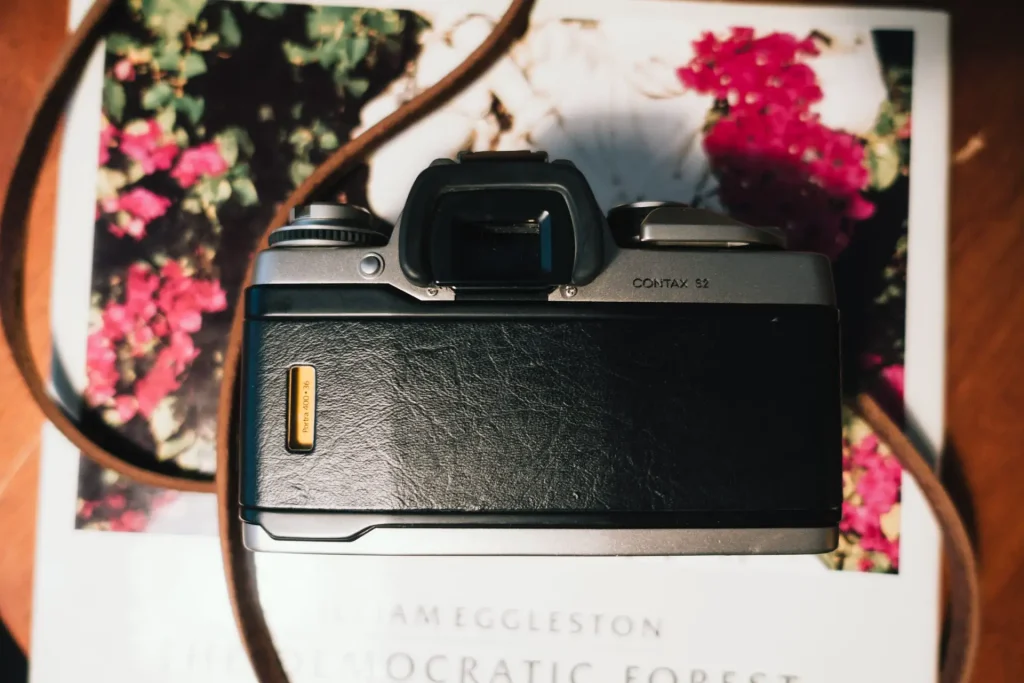
First Impressions & Build Quality
The first time I picked up the camera it gave me a reassuring feeling that it could endure anything. The titanium build was solid, yet light. The Contax S2 feels really nice in the hands. The camera has a smooth design to it, avoiding rigid edges and controls. This makes the S2 a very aesthetically pleasing camera. The weight seems evenly distributed and balances really well with the 28mm and 50mm lenses.
In regards to size, the camera is actually quite small and very similar in size to the Leica M6. It is actually slightly lighter and smaller but the lenses are SLR lenses so the M6 setup ends up being much narrower in reality than the S2. If you want to have a compact setup with the Contax S2, the pancake Carl Zeiss 45mm f2.8 Tessar lens is tiny and would rival a rangefinder setup in size. Overall, my first impressions were good. My feeling is that it isn’t built to the standards of a Leica, but it is solid and I trust it. But most importantly, it comes with a reasonable price tag. This ultimately led me to take it into situations that I wouldn’t with a more expensive camera.
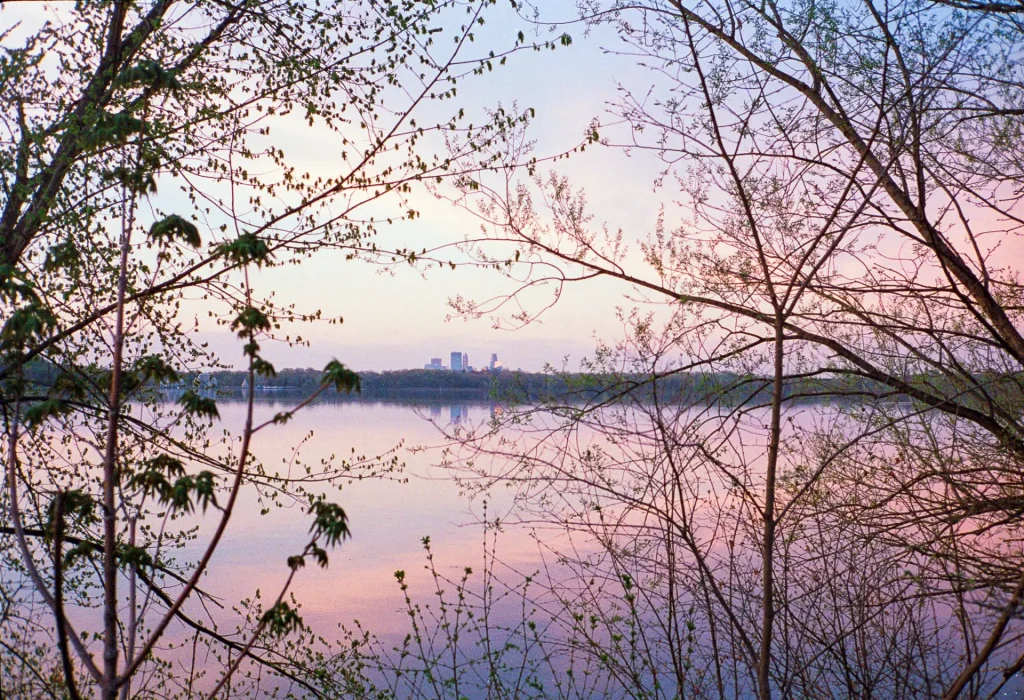
Handling
The film advance is very smooth, the smoothest of any SLR I’ve used to date. Everything seems to be in the right place on the Contax S2. ISO dial is on the rewind crank and very easy to adjust in practice and stays locked in place nicely while shooting to prevent accidental changes in ISO.
This, I would call it stiffness, does not translate well in the shutter speed dial. The shutter speed dial has a nice tactile grip for rotating speeds, but the dial is just too dang stiff for my liking. This could have just been on my camera, but it was the only gripe that I had with the camera in terms of handling. Other than the rather tight shutter speed dial, handling of the S2 is near perfect and the camera has a tendency to fade away in use.
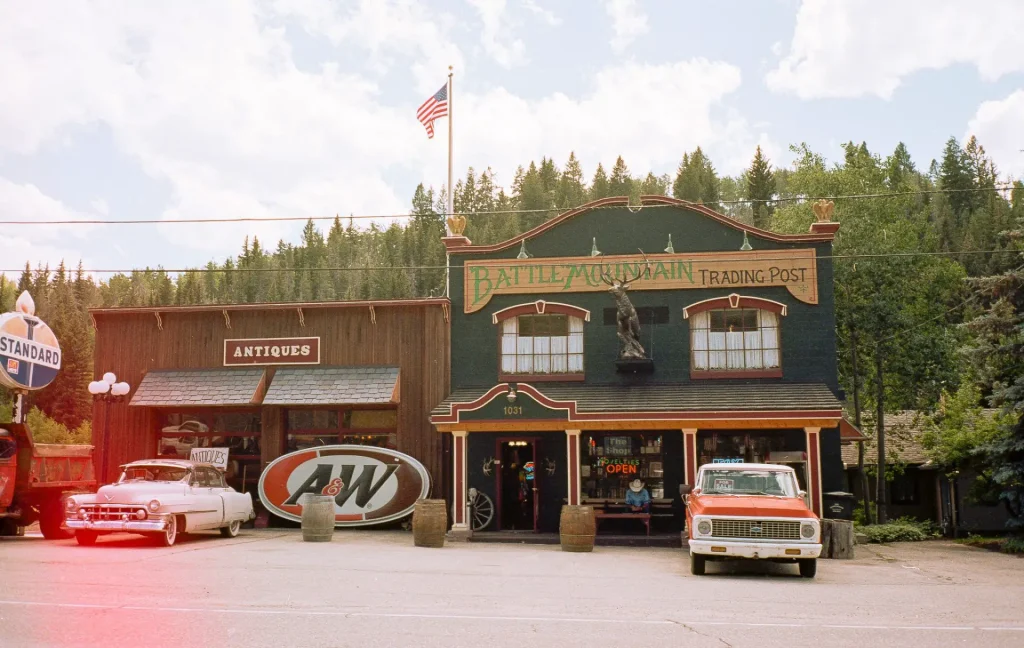
Viewfinder
Gorgeous. The Contax S2 viewfinder is extremely clear and has a 95% field of view so visibility is outstanding. The viewfinder displays shutter speeds on the right side of the frame, and that is it. The set speed flashes quite obnoxiously while the spot meter reading is solid. It does not display the set aperture which I actually found rather annoying, just as I did in my Leica M6. But it does show the shutter speeds so it has that advantage over the M6. Overall, I have conflicting feelings about the viewfinder. While I appreciate the lack of displays, I do feel that aperture and shutter speeds should be the bare minimum to include in a metered camera’s viewfinder. If I want a blank viewfinder, I’d rather do so with a meter-less camera.
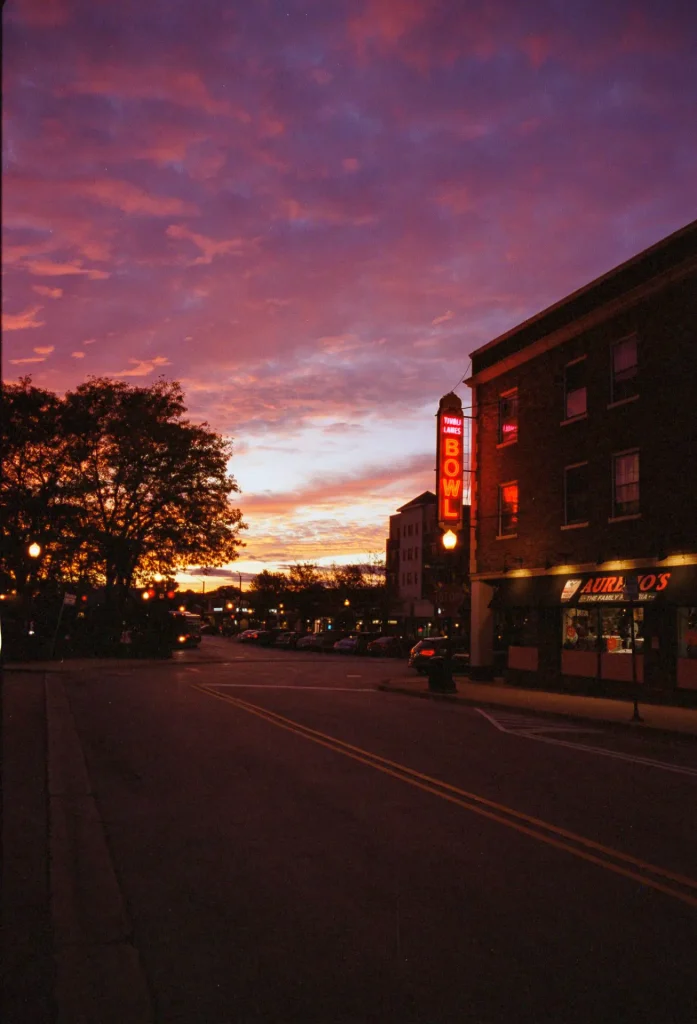
Contax S2 Meter
The Contax S2 meter is extremely accurate and is quite hard to trick due to the very narrow spot meter. If a bad exposure is made with this camera it is more likely due to user error than a poor reading from the spot meter. The meter has a tendency to over expose half a stop or so (at least mine does) which is a pleasing fault as it is somewhat of a safety blanket due to over exposing film being much more salvageable than underexposed film.
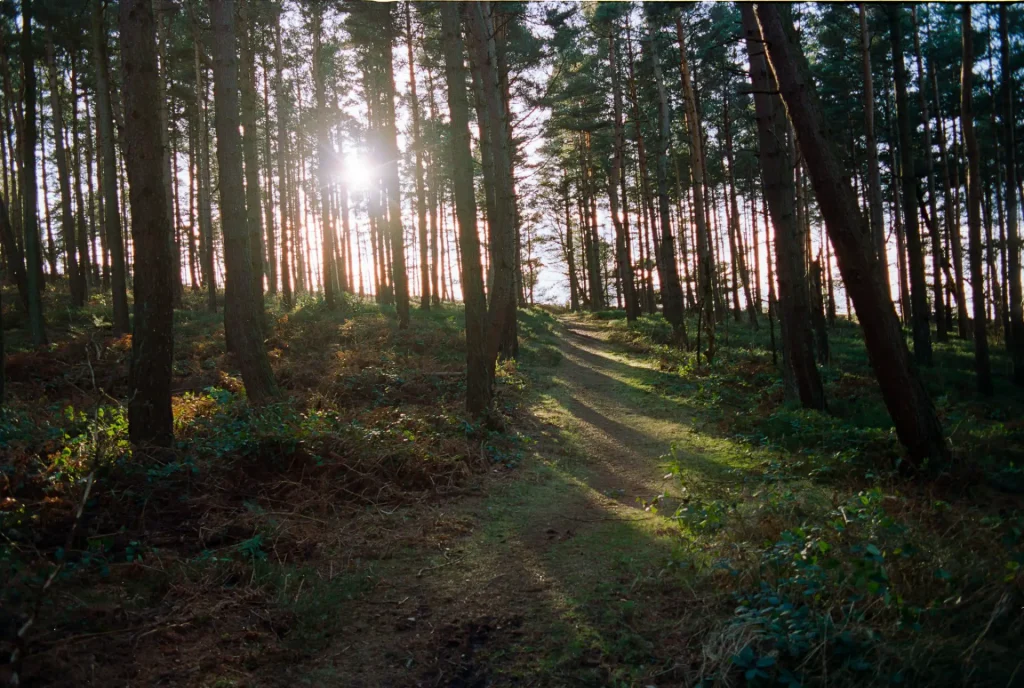
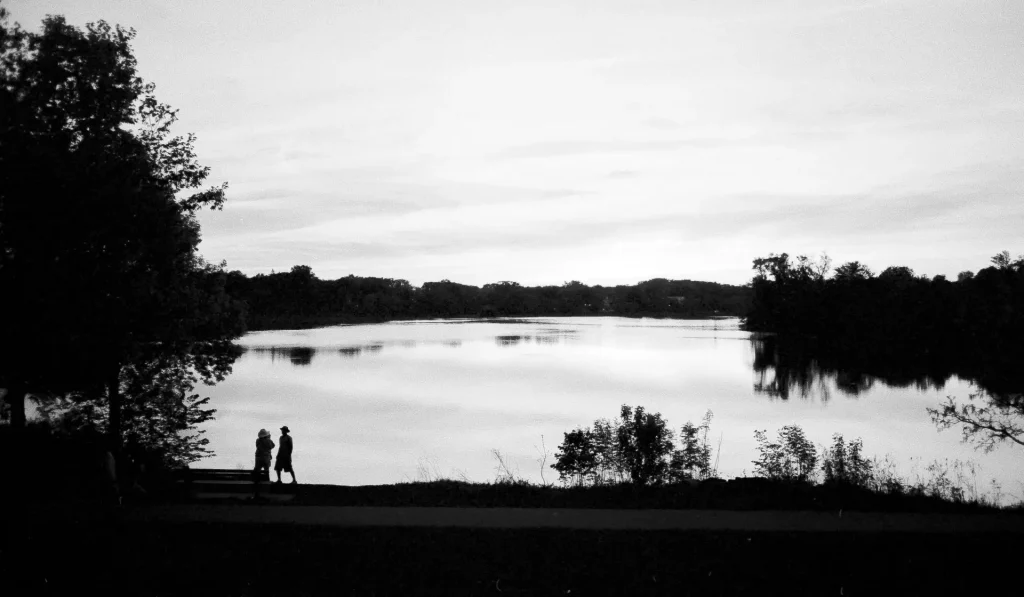
Contax S2 Shutter
Loud. The Contax S2 shutter is loud. Very very loud. And it has a slight ring to it after an exposure is taken. I tried to dampen it and actually consulted some friends who work as camera repair techs and they said there is little that could be done to soften the after-shutter ring. If being discrete is your goal, the S2 is not for you. If you shoot landscapes or portraiture, the S2 is much more suited for that as opposed to street photography. A plus side of the shutter, well shutter speeds I guess, is that it has a top speed of 1/4000 of a second and it operates fully mechanically. This is a pretty awesome feature to have in my opinion. It allowed me to be able to shoot wide open during the day with no need for an ND filter. I imagine that the combination of the S2 with the 50mm f1.4 planar would be ideal for a portrait photographer for this exact reason.
Focusing the Contax S2
The focusing is nice and easy due to the clarity of the viewfinder and the Contax S2 has an interchangeable focusing screen design with the choice of either 45 degree split image prism, a grid, or a matte focusing screen. Choose your favorite style and you’re golden.
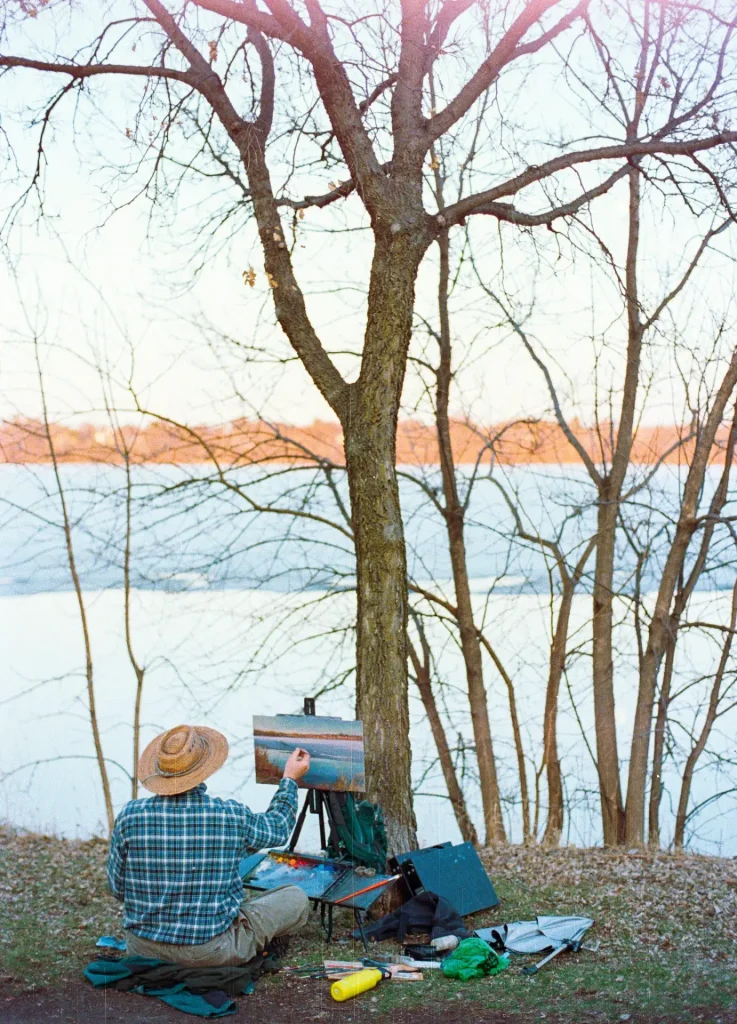
Long Exposures
This is one of the weak points of the camera. As I stated above, the shutter is very loud and thus the camera shake can affect taking photos on a tripod. In most SLR cameras this would not be a problem since you can just engage the mirror lock-up after composing and that completely solves the problem. With the S2’s back to basics design, they decided to omit the mirror lock-up button. I personally think that this is a very useful tool and should be considered mandatory for any SLR. If you shoot nightscapes or use longer shutter speeds for landscape work, please consider if you need a mirror lock-up or not because the Contax S2 certainly doesn’t have it.
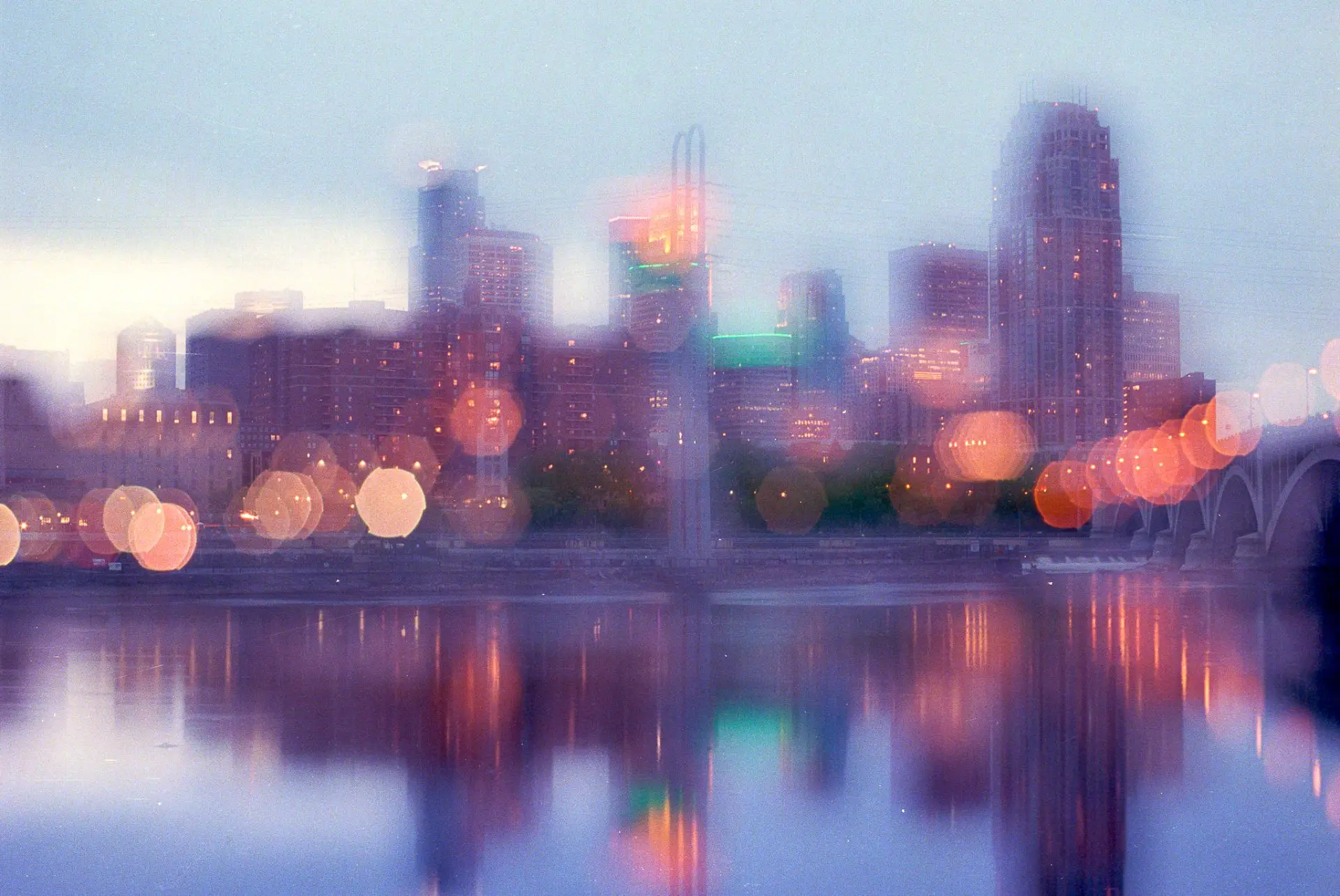
Double Exposures
Double exposures can be done via the lever on under the film advance. Although I didn’t use this function too often, it was nice to have. I have a hard time seeing how this is more essential than a mirror lock-up though.
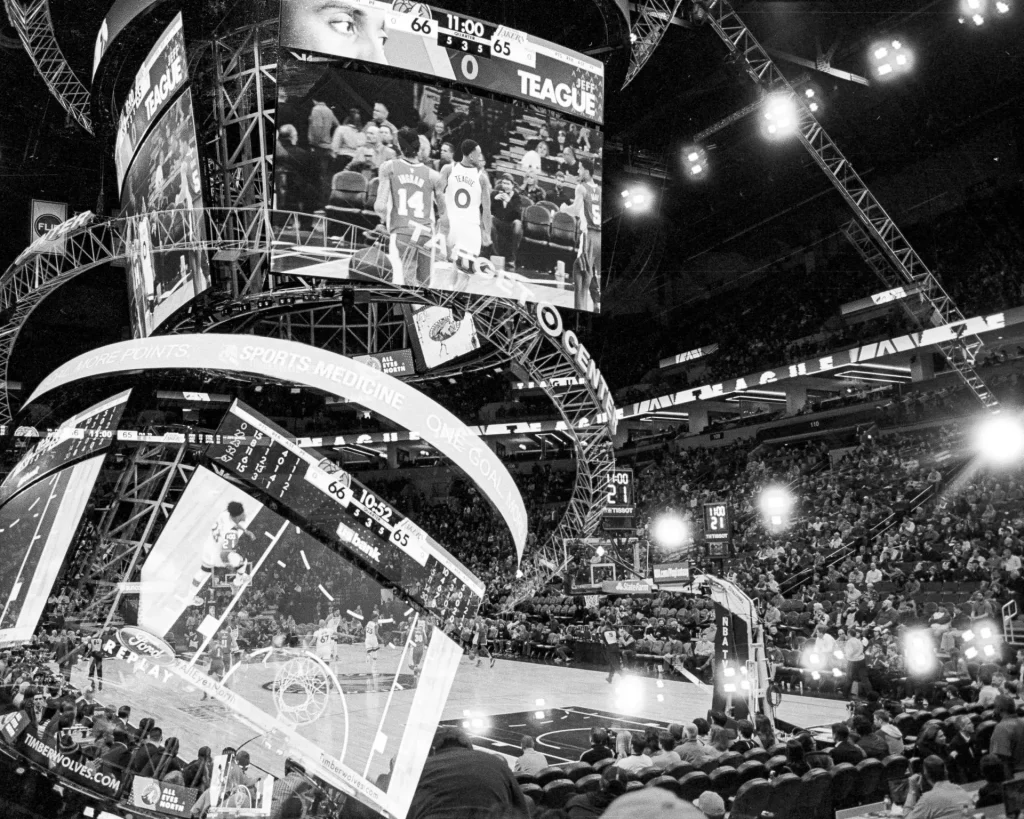
Strength of the lenses
This is the real selling point of the Contax/Yashica SLR line. The Contax Zeiss lenses for the C/Y mount remain among the best lenses I have ever used on any system, both film and digital. After shooting similar Leica lenses from the same era on my Leica M alongside my Contax S2, it was very apparent that the Contax lenses outperform their Leica equivalents in both edge to edge performance and color (that statement should get some people’s blood boiling).
These lenses render very cinematically and walk the tightrope between impressive sharpness and creamy tones like a champ. Although I have not used the entire lens lineup, the ones that I used still remain as some of my all-time favorites on any system (28mm f2.8, 50mm f1.4, and 35-70 f3.5). Of note, the 45mm f2.8 and 50mm f1.7 are good lenses and quite small but their build quality is inferior to the rest of the lineup which is why I don’t consider them the top of the line lenses of the system.
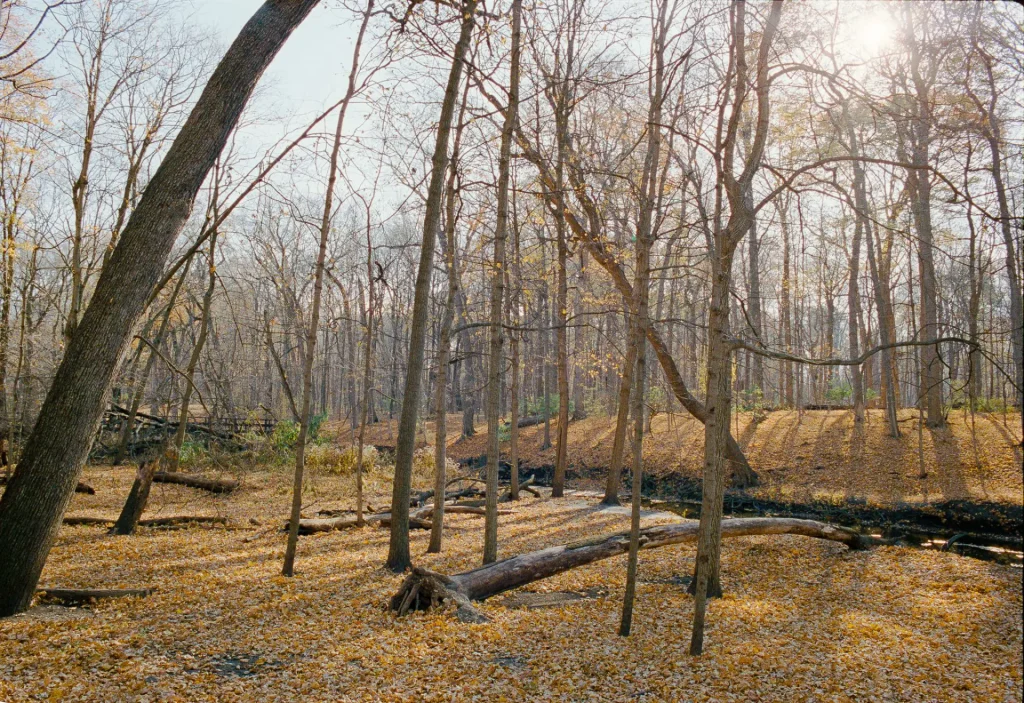
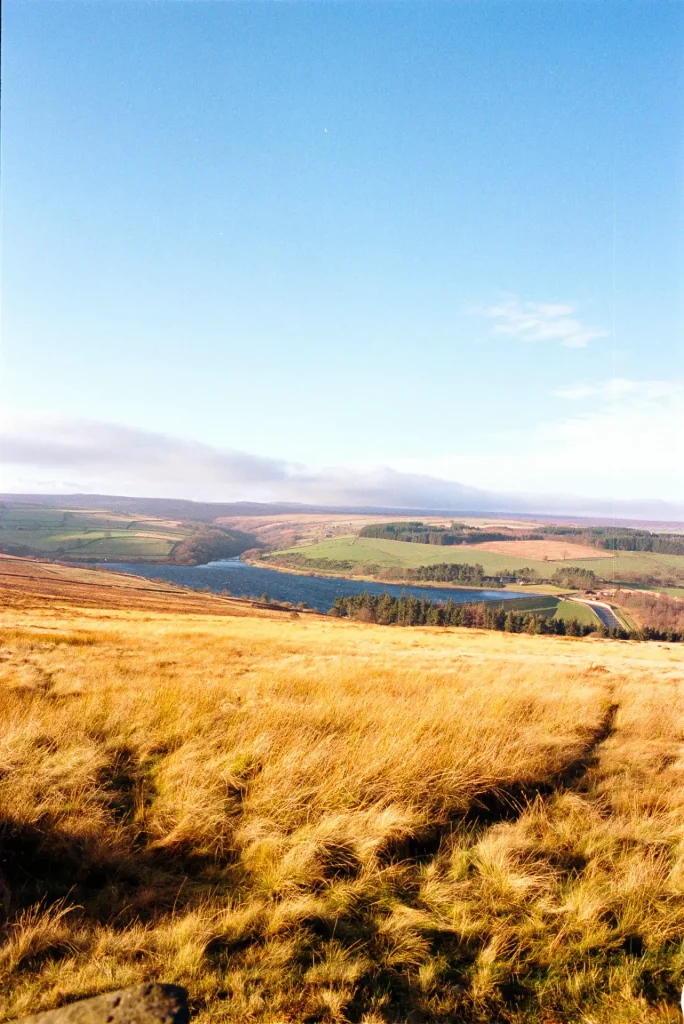

Where does the Contax S2 fit in my camera setup?
This is always a tough question to answer. I have found myself in a weird position in that I enjoy the rangefinder and SLR system equally. As I write this review, I am looking at the two cameras I currently own, my Contax S2 and Leica M4, and am having a hard time deciding which I like more.
This brings up the big question, is the Contax S2 a good enough camera to dethrone my Leica M4? This is a tough comparison. However, if we take a trip back in time prior to replacing my M6 with an M4, this makes the comparison more interesting. Aside from one being an SLR and the other being a rangefinder, these two cameras more similar than they are different. Both the S2 and M6 are all manual cameras with an independent meter that were made with high quality materials and a close attention to detail. In addition to this, they both have an excellent selection of lenses available for them, and by excellent I mean some of the best lenses ever made to date.
The battle of the Contax S2 vs the Leica M6 went on inside of my bag for more than two years and in the end it really came down to personal preference in use. I prefer the handling of a Leica M and the size of the lenses. But the fact that the Contax S2 just about knocked off arguably one of the greatest cameras of all-time is an homage to the S2. The fact that this camera still only goes for $300 is mind-blowing and also understandable (ironic, huh?).
The Contax S2 is reliable, simple to use, and has a great lens lineup BUT the camera is still rather expensive for a basic 35mm SLR. This is what makes it fly under the radar. When people are in the market for a high quality film camera they have a tendency to drift towards the cult cameras. It is easy to fall under the assumption that what is most expensive is the best, but that simply just isn’t the case. Those that do end up making it far enough to look at the S2 have a hard time justifying the price due to the stiff competition coming from the Nikon FM, Pentax K1000, and many other back to basics 35mm SLRs.
You can either be confused or joyful about this fact. For those that have used an S2, they understand how wonderful and ahead of its time the camera is and for those who have not used an S2 don’t understand the extra price tag for a camera that does less for more. The best way to think about the S2 is that you are paying the extra money not only for a well-built, reliable camera but also as a key into the affordable Contax Zeiss lens lineup.
Extra Photos
All photos were scanned on a Plustek 8200i AI.
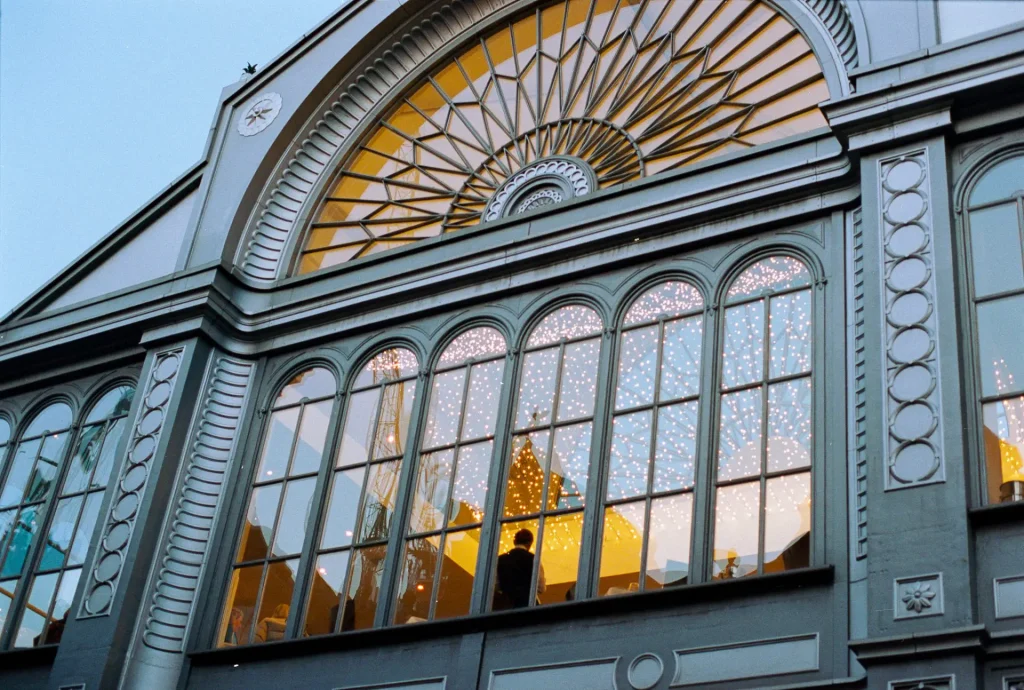
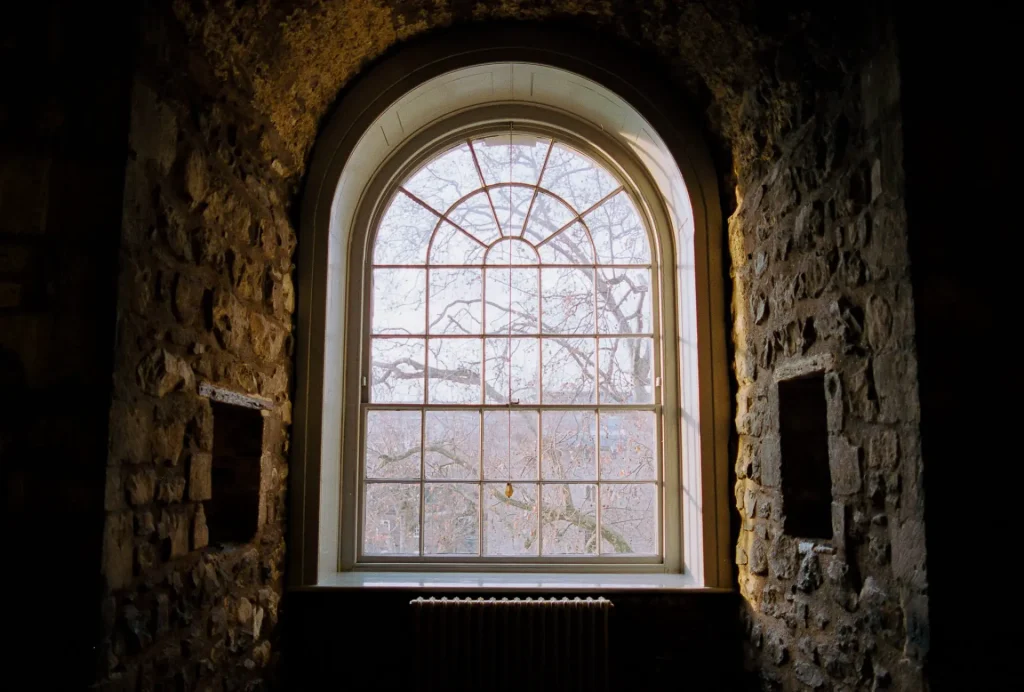
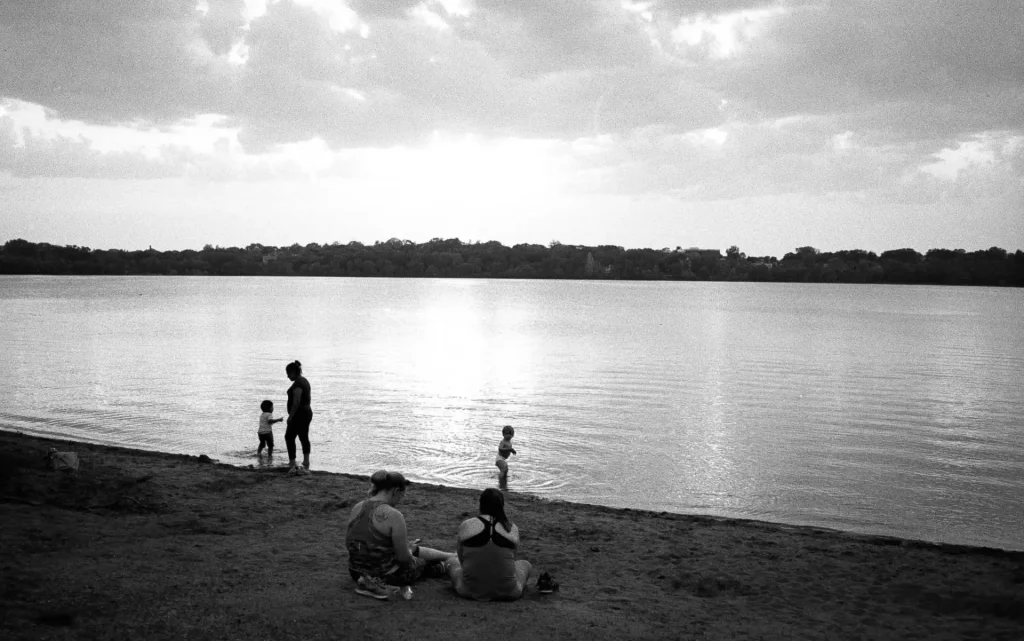
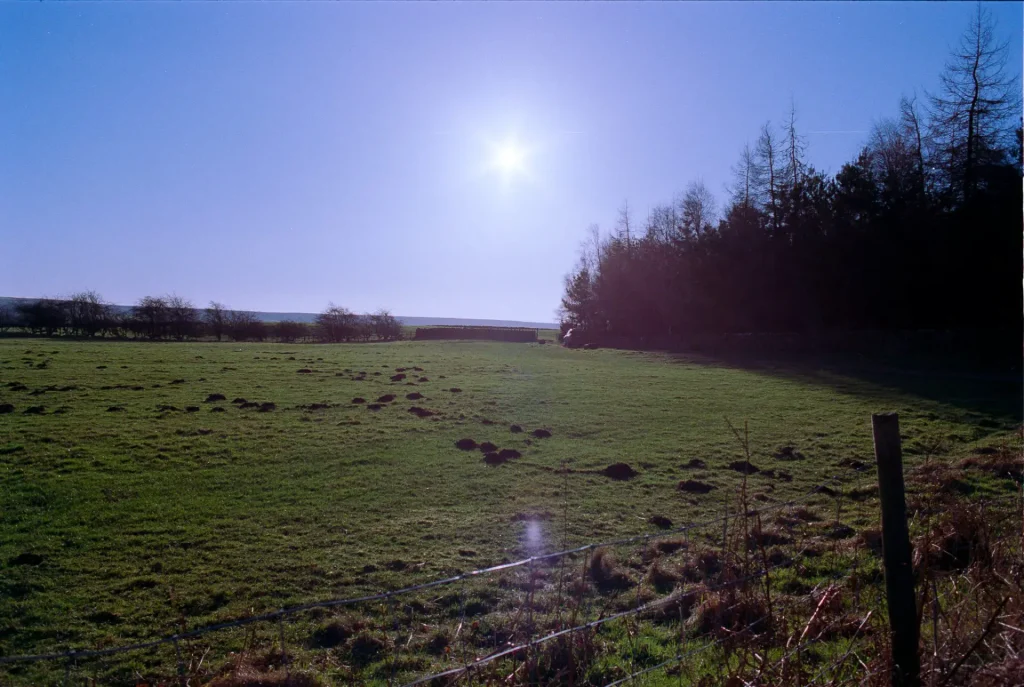
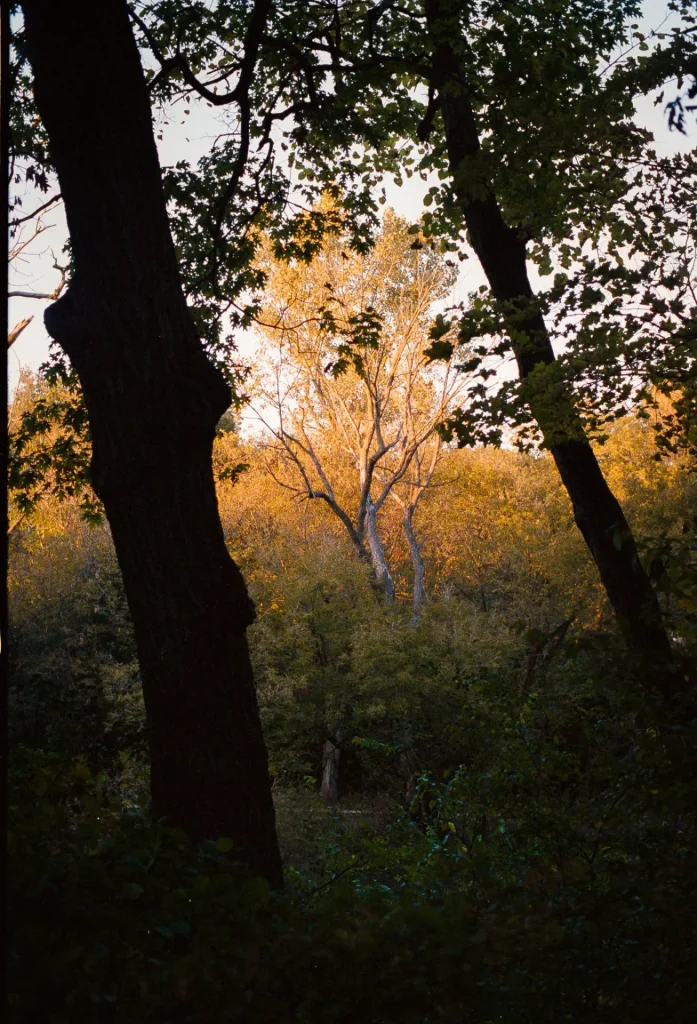
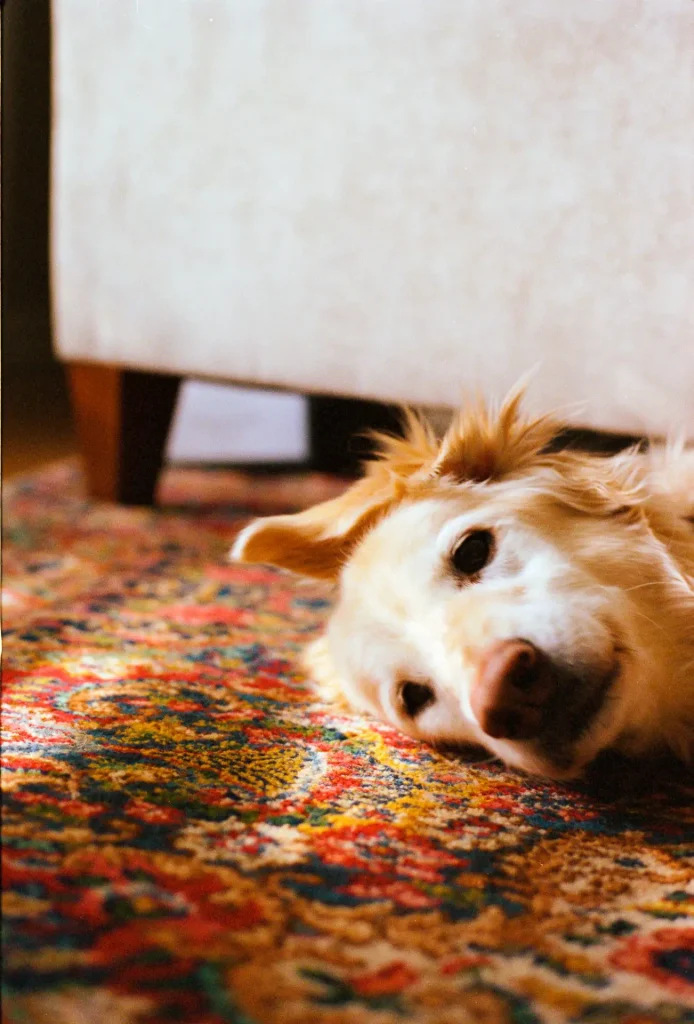
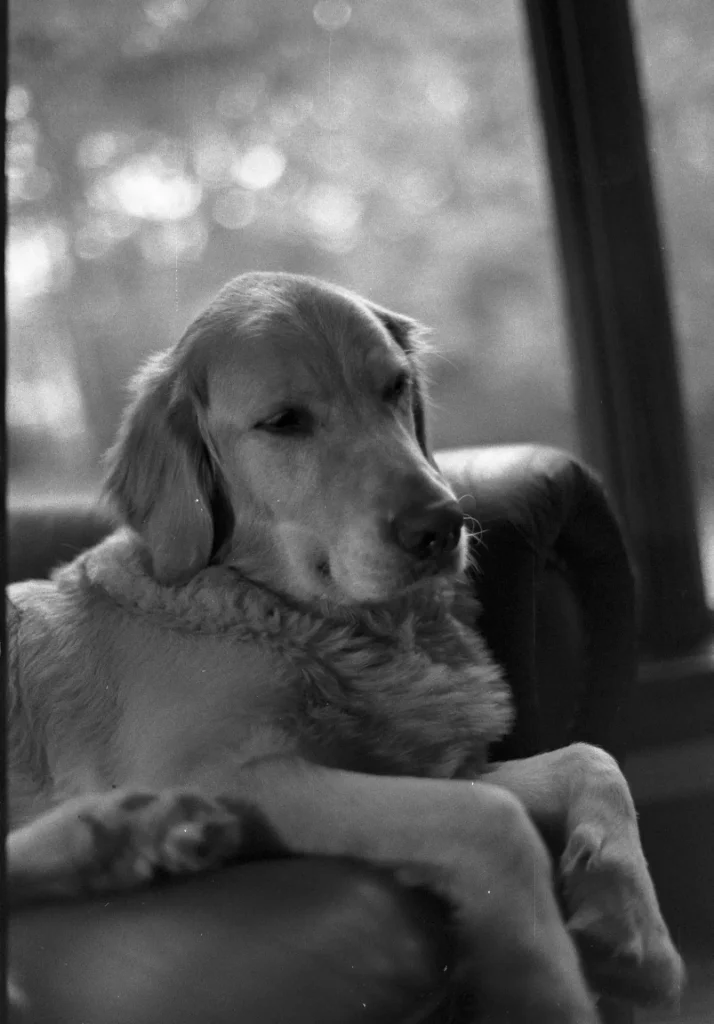
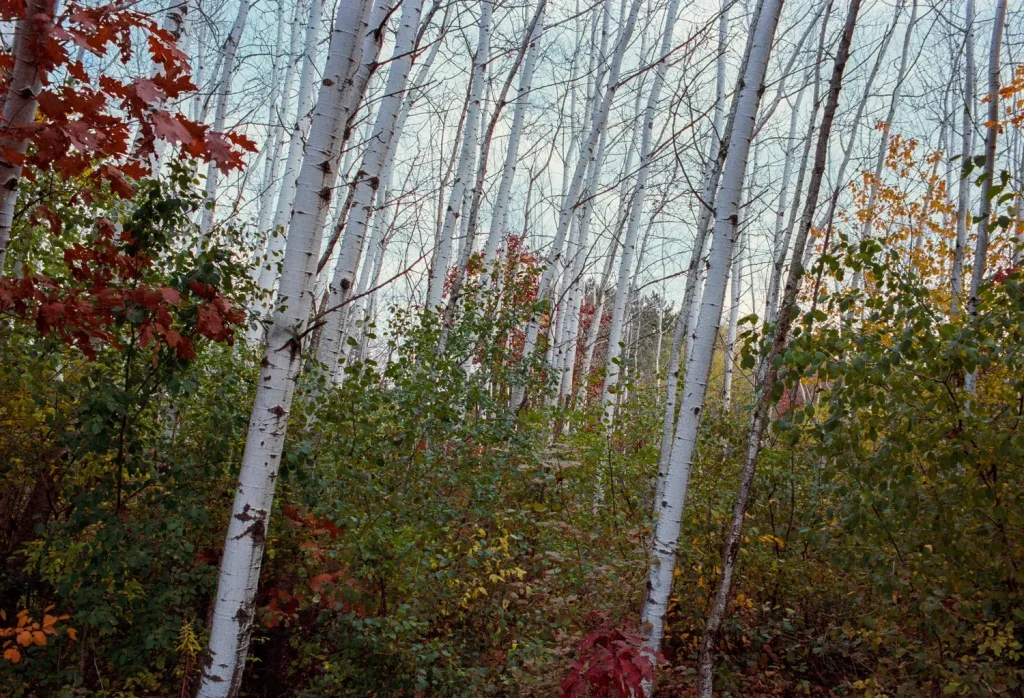
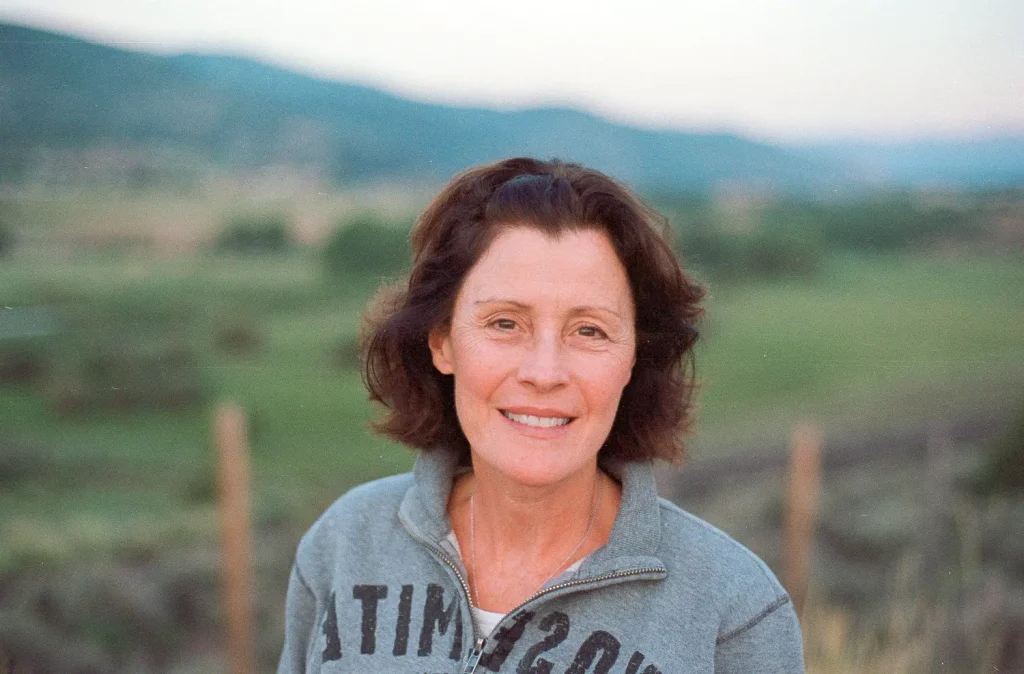

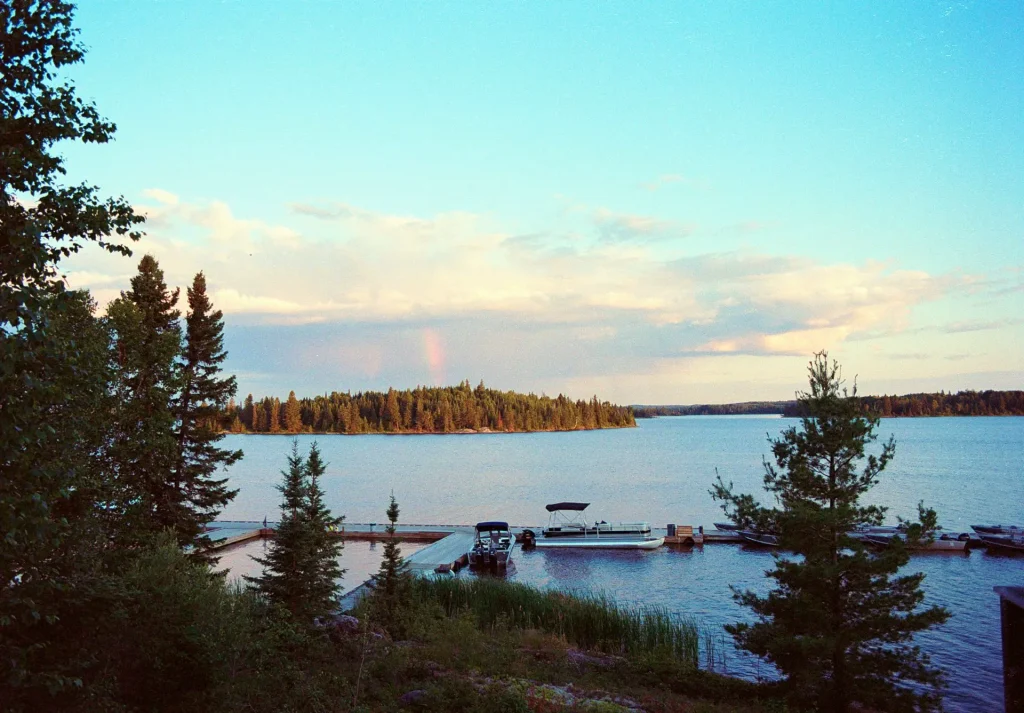
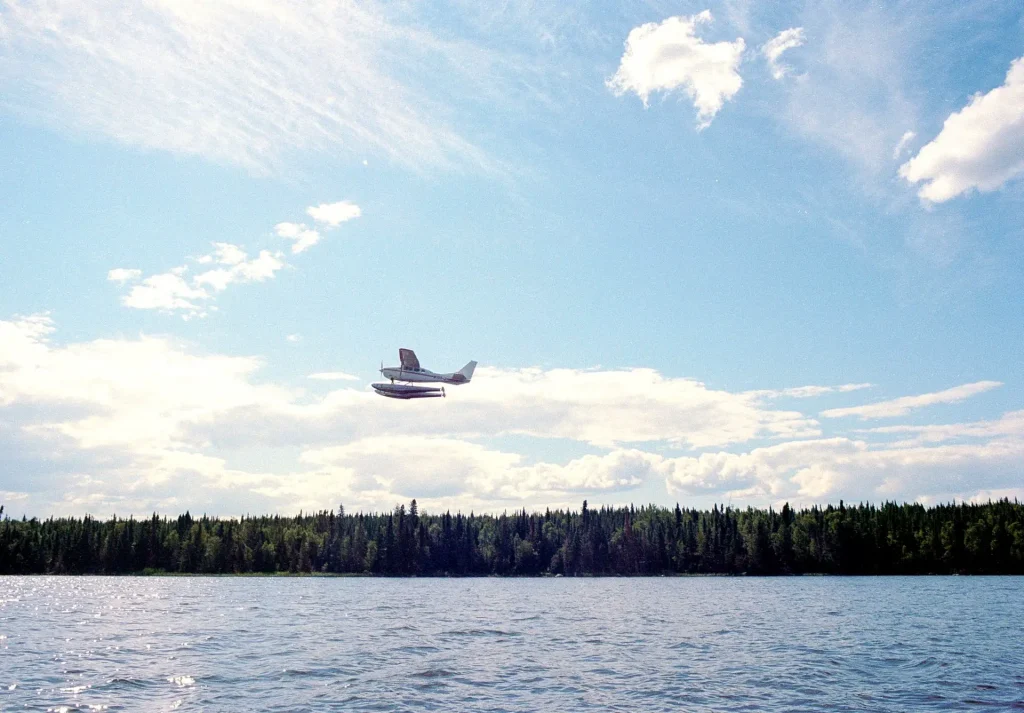
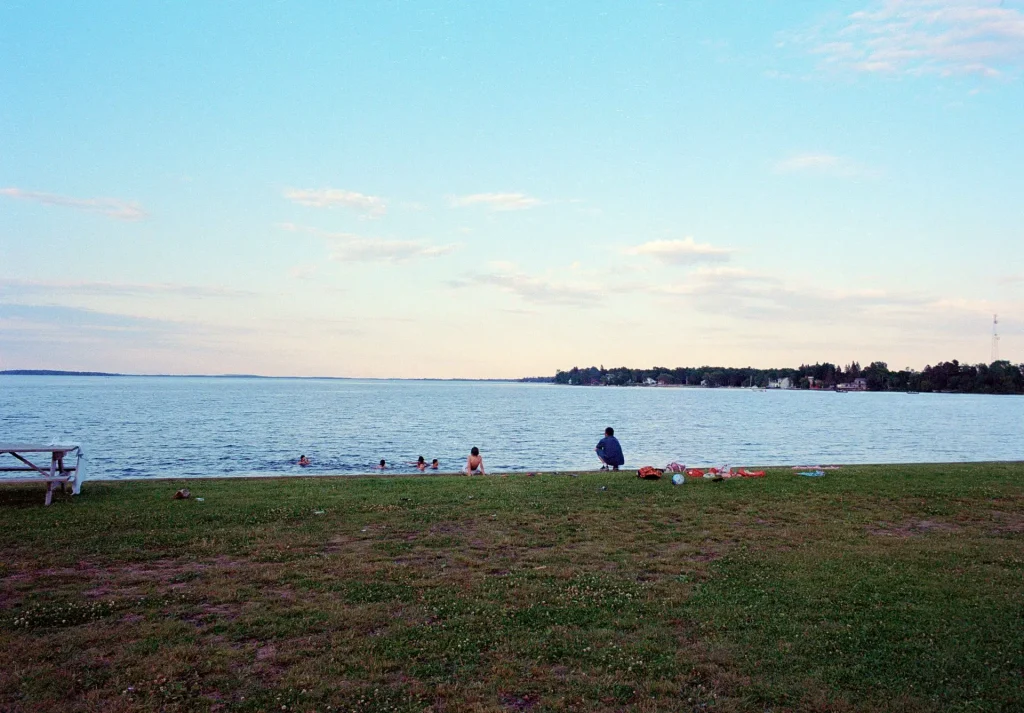
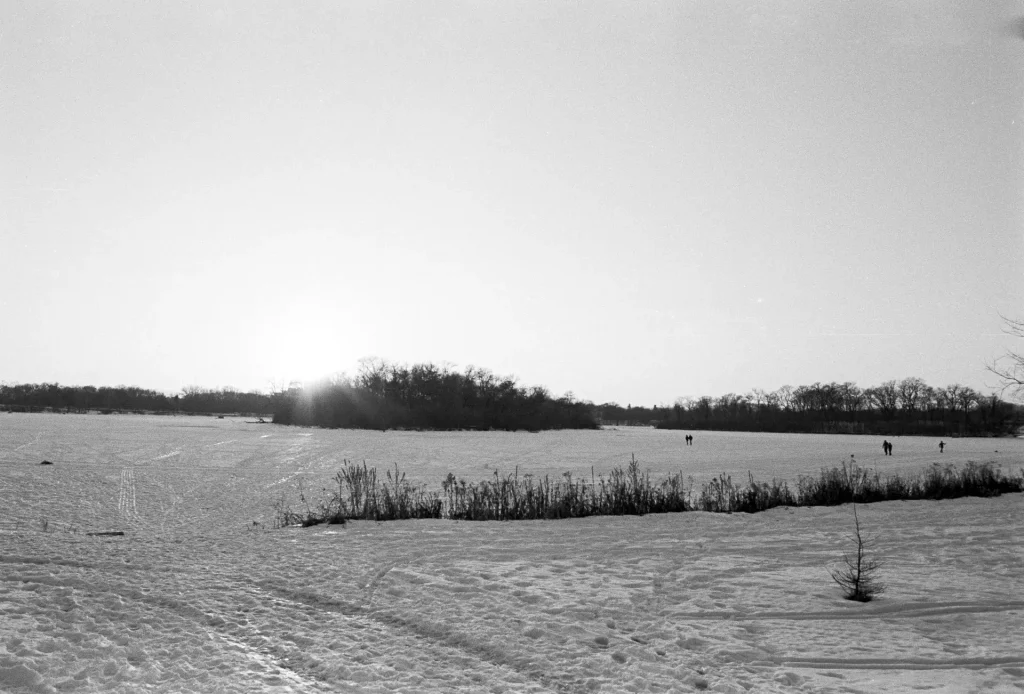
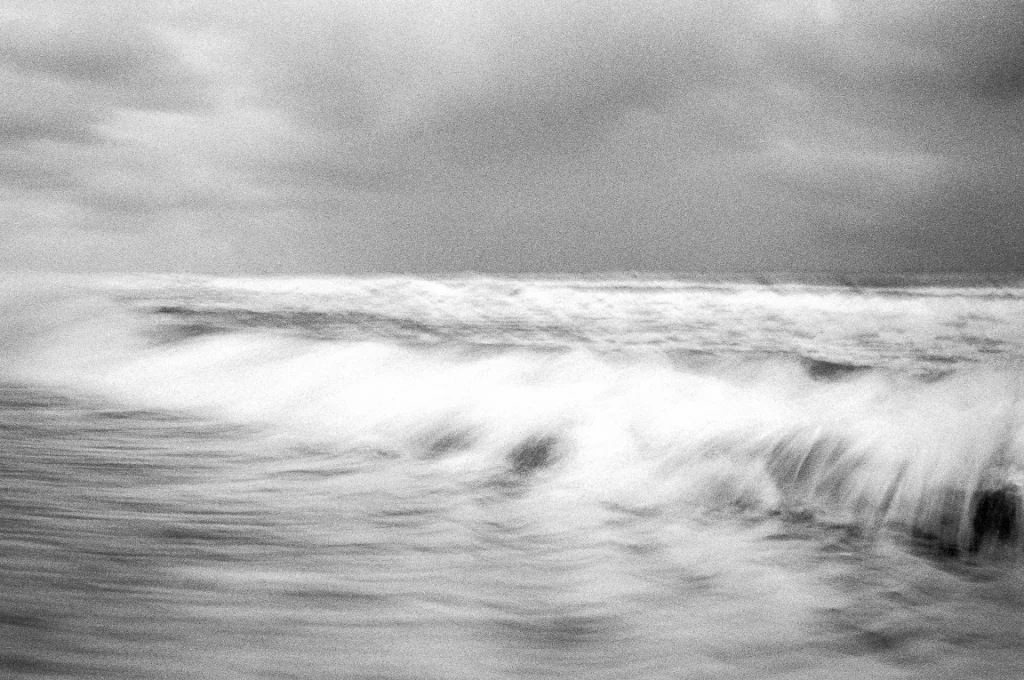
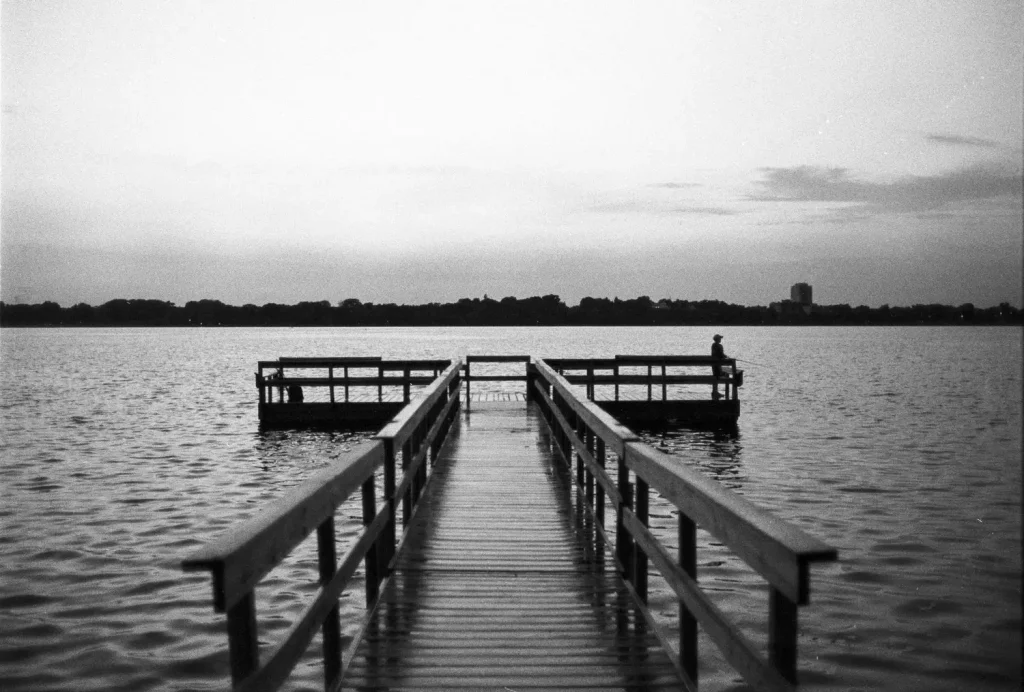
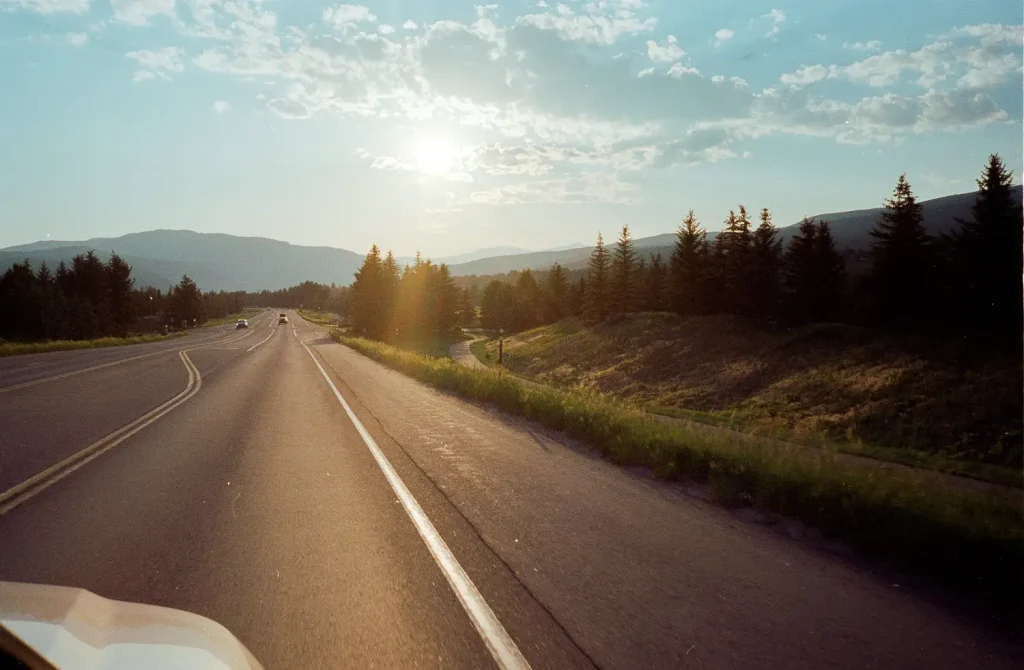
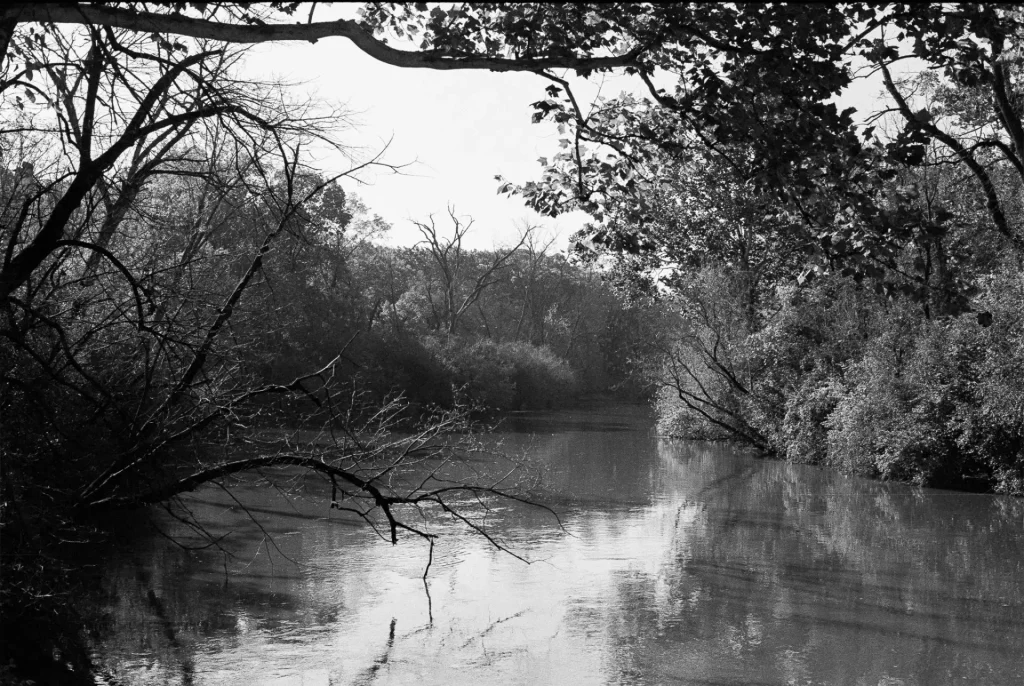
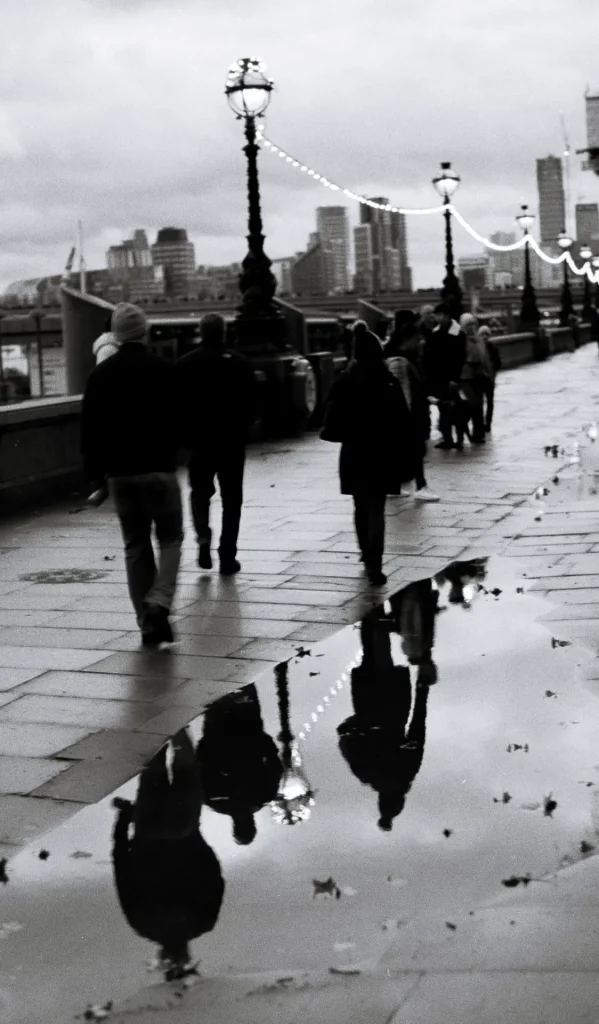

Alternatives
Yashica Fx-3: Functionally very similar to the S2. Small, all manual with the exception of a meter and mounts C/Y lenses. Build quality will be inferior but price is also much lower. This could be a good back-up to an S2 or a good entry camera into the system to use the lenses.
Contax S2b: The same as the S2, with the exception of a darker paint and center-weighted meter. It demands a premium at just about double the price of the S2. For this money, I find it hard to recommend the S2b.
Contax 139Q/RTSii: Both aperture priority. I only add these to the list because I owned both at one point in time and loved both of them. If you want aperture priority and faster functioning, either of these is a great choice. The 139Q is as small or smaller than the S2 and the RTSii has some heft but is built like a tank. Shutter release on the RTSii is dampened extremely well and is buttery smooth, something I can’t say about the S2.
Nikon F2: All manual, built to the highest of standard and highly customizable. I would recommend this to someone who wants a camera that is all manual with a meter but wants a system with more affordable lenses.
Nikon FM: Same as the F2 but if size and weight is a concern, the FM is a good choice. I find the FM very comparable in use to the S2 with the exception of the FM having a center-weighted meter. This is one heck of a camera for the price.
Leica M6: Want a quality camera like the S2 but in a rangefinder form? Look at the M6, I already discussed a comparison so I won’t get into details. Be prepared to spend 5-6x more for an M6 than an S2.
Conclusion
Overall, the Contax S2 is an incredible camera. It does what it advertises (which isn’t much) but does so in a classy and reliable way. Is it rather loud and limited in what it can do? Most certainly, but if you’re buying one you know what you are getting into. If you want more automation, Contax has plenty of other valid options.
The S2 is beautiful but has its flaws and just like any camera review, it is best to weigh the pros and cons and decide in the end if the S2 is a good fit for you individually. I personally found near nirvana with it, but ultimately I found the Leica M system to be a better fit for me in the end. However, for those looking to get a Contax camera at a great price with some of the best (and most affordable) Zeiss lenses available, I wholeheartedly recommend the Contax S2.
My Website – joemonat.com
My Instagram – https://www.instagram.com/averageioe
Share this post:
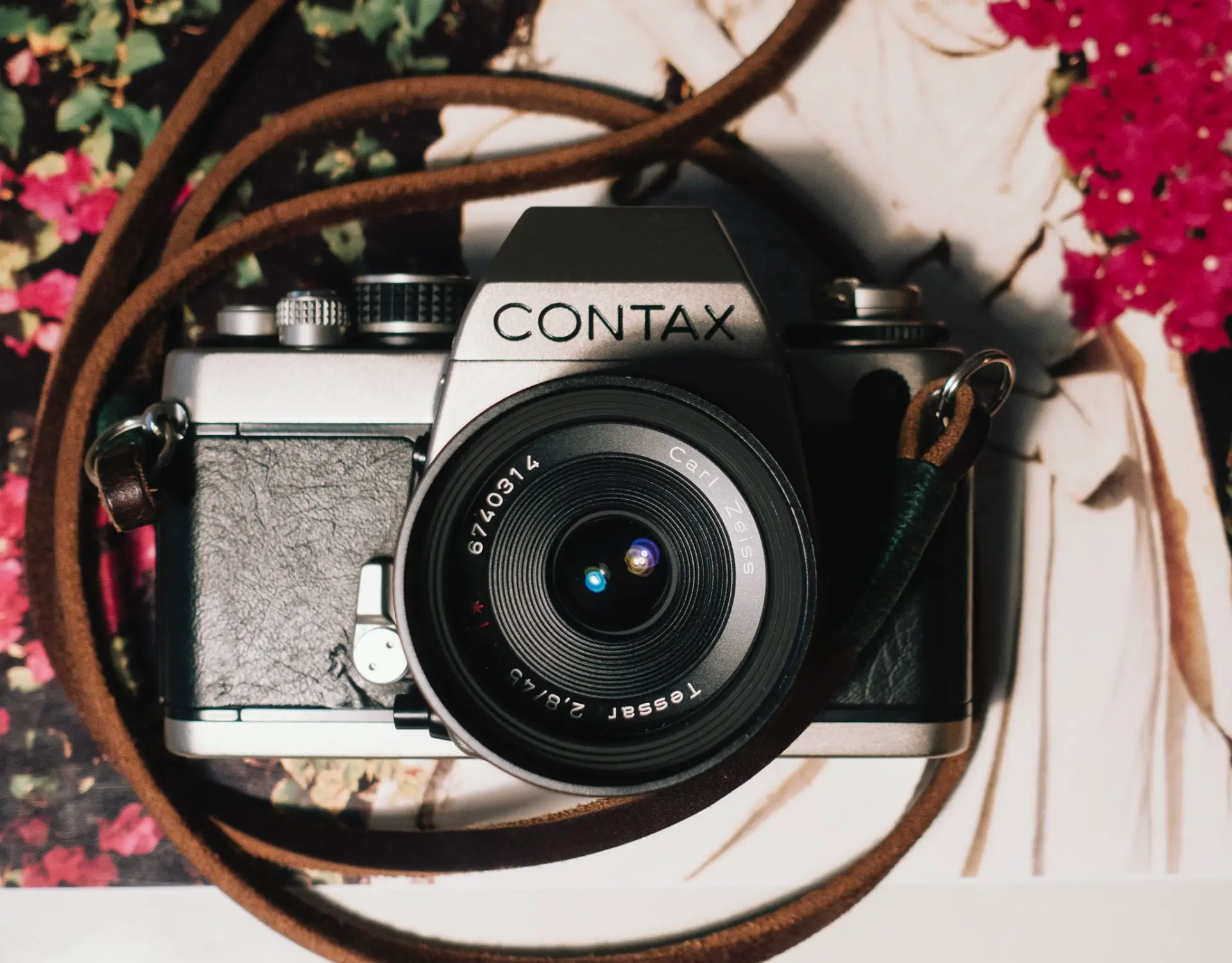








Comments
Rock on Contax S2 Review: The Beauty of Simplicity – By Joe Monat
Comment posted: 06/07/2020
Comment posted: 06/07/2020
Clive W on Contax S2 Review: The Beauty of Simplicity – By Joe Monat
Comment posted: 06/07/2020
The noise point is an interesting one. I have an FM2N and that isn't discreet either; the shutter goes off like an explosion in a steel dustbin factory. Pentax makes quieter mechanical shutters, perhaps because of silk rather than metal curtains, but electromagnetic shutters, do seem to be quieter still.
Repeat until learned: I probably have enough cameras already.
jeremy north on Contax S2 Review: The Beauty of Simplicity – By Joe Monat
Comment posted: 06/07/2020
I agree with everything you said about the viewfinder (although it is odd that there's no diopter correction like most other Contax cameras of this time) It handles beautifully even though the shutter speed dial requires a firm grip (yes mine too is quite firm) . The ASA dial is locked other than by pressing an unlock button so naturally it is secure.
I do have an S2 60th anniversary by the way so this is not me just being contrary though that is my natural position: The S2 is not a cheap camera by any means. You say that you got one for less than $300 which is amazing. I've never seen one at that price. It is very much a premium priced camera. The S2b is perhaps a little more expensive but probably more for its finish than for the meter. The S2 meters really well and as you said handles beautifully. The shutter is not very loud. It is not loud at all it is as loud as a shutter/mirror combination is on any mechanical camera. There is a slight ping noise compared to a Nikon FM. Yes it is a lot more noticeable than a Leica M. To say that it is too noisy for street photography is mad unless you are shooting street inside a cathedral.
The other Contax models of which you speak are not only aperture priority, they are fully manual with auto as an option. Yes they are electronic but there's a difference just to be accurate. The RTSII is very smooth and slightly quieter than the S2. The same can be said of the 139 which is even smaller than the S2. For a cheap access to the fabulous Zeiss lenses the best way is Yashica. The FX-3 as a purely mechanical camera is a good one, the FX-D is identical to the Contax 139 in all but looks and feel and the FR2 is an RTS but with a better placed shutter speed control.
No SLR is going to compare with a Leica M camera for size or use. A rangefinder camera is a completely different beast. No one is going to choose between one SLR or one rangefinder so that point is of no value. If you prefer an SLR then what's it you want? Purely mechanical or electronic? Have you a preference for lenses? Zeiss? Nikon? etc. Then go with what suits you. A Nikon F2 or FM are both fabulous. Zeiss lenses though are what photography is all about that is the results. So go with the camera which will take them.
Just as an aside, I agree that the Contax T cameras have been hyped to death, the same can not be said of the G cameras. They are every bit as good as people say they are except for manual focussing. The G2 has been for me and for many years the best 35mm camera of all in most circumstances.
The
Comment posted: 06/07/2020
eric on Contax S2 Review: The Beauty of Simplicity – By Joe Monat
Comment posted: 07/07/2020
Julian on Contax S2 Review: The Beauty of Simplicity – By Joe Monat
Comment posted: 07/07/2020
William on Contax S2 Review: The Beauty of Simplicity – By Joe Monat
Comment posted: 08/07/2020
Comment posted: 08/07/2020
Adrian Cullen on Contax S2 Review: The Beauty of Simplicity – By Joe Monat
Comment posted: 09/07/2020
Tillbert on Contax S2 Review: The Beauty of Simplicity – By Joe Monat
Comment posted: 14/06/2021
Comment posted: 14/06/2021
Joel on Contax S2 Review: The Beauty of Simplicity – By Joe Monat
Comment posted: 05/07/2021
The S2 does have mirror lock up feature, via self-timer. Once the timer is activated, the mirror moves up and the shutter releases ten seconds later. This information is listed on page 68 of the S2 manual, under self-timer photography.
Branislav Boba on Contax S2 Review: The Beauty of Simplicity – By Joe Monat
Comment posted: 26/07/2022
If you think street photography is based on how silent your camera is, you shouldn't do street photography.
Cameras are for taking pictures - not for metering light. That's what light meters are for. No professional uses their camera to measure light. It has many good reasons. Anyway - every informed amateur can do the same - switch your camera to MANUAL, use your light meter to measure ambient light and set the values on the camera. It's simple, precise, reliable and effective. And then use your camera for it's for - taking pictures.
Negative films need to be measured and exposed for the shadows. On a sunny day the difference between the value of ambient light in the sun and in the shade is about two stops. The good news is that you don't need to change camera settings according to whether your subject is in the sun or in the shade - you expose them the same way - using the same values. Oh - you've been told that in this way you will overexpose your highlights? Another good news is that you won't. But that has to do with the next point.
Never ever push negative films. Contrary to popular belief - the ISO value of negative films you see written on the box is only a nominal value. Hence - it is not the film's real speed. The real speed of the film depends on how it's developed. And when you do your tests you will find out, the real speed of a negative film is about one stop lower than what the number on the box says. Now some people believe, that this number can be raised by pushing the film. The bad news is it can't. What happens when you push a negative film is that you are overdeveloping the highlights, which of course is a complete nonsense, and the shadows remain the same. So by pushing a negative film all you're getting is a film which has not changed it's sensitivity but a film which has changed its contrast. But because you believe the sensitivity has changed, you will underexpose the shadows and then by pushing the film, you will overdevelop the highlights. Printing such a neg is a nightmare - to separate those overdeveloped highlights is very difficult and most of the most beautiful tonal detail gets lost. And to get anything from those underexposed shadows is impossible because they are simply gone - where they should have been - there is just void.
Reversal films are of course different - their nominal speed is their real speed. And they need to be exposed for the highlights. Thus if you are taking a picture of something in a direct sunlight, you expose a 50 ASA reversal film about the same as you would a negative film with a nominal speed of 400 ASA. Find this fact shocking? It just means you have not read Ansel Adam's The Negative and you haven't done proper tests.
Leitz/Leica is not really a camera brand. It is a wickedly ingenious marketing brand. Everybody knows the story of Emperor's New Clothes. In it the emperor is naked but because people are firmly convinced it is impossible for the emperor to be naked in public they fall into the belief that he's in fact wearing magical clothes. That in a nutshell is the story of Leitz/Leica. I know it because at some point I was too a follower of that belief. For anyone to whom it may be of any benefit - here's the story:
I was a photography student at quite a prestigious school. But at the same time I was very poor. Didn't come from a wealthy family and in a country which wasn't affluent either I wasn't able to make enough money to be able to buy proper equipment - yes I had different cameras (best amongst them probably Yashica rangefinder and a Yashica TLR) but they were nowhere near the quality and optical performance of some of the cameras of some of my schoolmates. Particularly - there was a guy (with whom we would later spend whole days talking about technical things) who apart from his Leica collection had a Rollei 6008 integral and Rollei 6001 with four lenses. At that time this kit was about 80.000 USD. But the point is - I could see with my own eyes what magic looks like. What these top lenses can produce. Even the professors - some of whom had over the decades seen tons and tons of great pictures - were impressed.
And then came my chance - I finally managed to make (and save) enough money to buy a ticket to the world of magic myself - I travelled to Vienna (for the younger generation - it was still in the stone age - before the internet era), located a second hand camera shop and purchased a mint Contax 167MT with a Zeiss 50/1.4 lens attached to it. I will never forget the first time I projected a negative taken with the Zeiss lens via my enlarger onto a paper placed on its base. I sat there in awe for about two hours studying and savouring every little (tonal) detail. I was like Francis Bacon sitting in front of a Velázquez painting. And about a year later I bought a brand new Zeiss 28/2.8 which was the same. The contrast and tonal details these lenses convey is indescribable and the pleasure I felt was the same. However.
Having delved deeper into the history of photography and the work of different authors (most profoundly being struck by Joseph Koudelka's Exiles) and also by learning that the best wide-angle lenses are the true wide-angles - not the retrofocus distagon I was using, I came into a conclusion that the best way to get even better results was to buy myself the biggest legend of them all - the Leica M. I said goodbye to my Contax/Zeiss kit and bought an M4-2 with a Leitz 35/2.
Normally I used to develop 5 films. But this one I had to develop the day it was finished. Couldn't wait to see the negs. And... now I can't describe the disappointment that came. There was no contrast. There was no detail. It was is if there had been a curtain paced over the lens when the pictures were taken. I couldn't believe my eyes. The only reason why the pictures were not sharp I could think of was that the viewfinder of the Leica had decoupled from the focusing. So I sent the camera back to the Vienna Leicashop to have it checked. But they sent it back to me saying it was perfectly fine.
So then - I thought - it must be the lens. I changed it for different piece but results were the same. I was desperate. And then we went to our second trip to India. Me and the Rollei guy who let me use his prime Leitz Apo lenses - 35/2 and 90/2. In five weeks I shot all of the 42 films I had brought along. When we came back home I spent nearly two weeks developing them only to find out the results were just as bad as from the other two Leitz lenses I had used before. A partial relief from the state it got me in was a letter from one of our professors, with whom I tried to consult the matter, saying it really is the lens. He'd had the same experience.
And because the negs taken with a Leica/Leitz catastrophically lacked contrast and I had diffuser type enlarger, I just couldn't print them. I tried for weeks and finally did something I never do - I gave in. It was horrible. And nobody believed me. Because everybody "knows" Leica is the best, right? So if it did not give me spectacular results I could only be my mistake, right? So for those who are now thinking the same - consider this: The only thing that changed was the camera and the lens - I used the same film as before, I developed it in the same way, I used the same enlarger with the same Schneider lens, same paper... So by changing from Contax/Zeiss to Leica/Leitz I descended from paradise to hell.
This experience finally led me to abandon photography altogether. After I finished the school, I did not follow a career in photography. It was also a time of the dawn of digital photography, where suddenly anyone with enough money to buy the newest pixel machine and the interest to use it in an instant became a photographer. There were other reasons for me not to follow that career as well and it was good that my life took a different path. But.
After having lived for about 20 years without a camera, only taking pictures with my iPhone, I somehow came to a conclusion that I need and want one so the question is which one. What I already know is that I want a 35mm camera (Rollei 66 will come later) and Zeiss lenses. At first I thought the superb Zeiss Ikon ZM fits the bill. I had used that camera (lent from the Rollei guy) and it's a much better camera than any Leica M film camera ever made. It's got a better finder and a much better shutter. The silly Leica cloth shutter really is a bad joke. The only thing that is better on a Leica M is the lever on the lens. That is fantastic. The protrusion you get on the Zeiss lenses for the Zeiss Ikon is not the real thing. So that's one reason why I don't want the Ikon ZM - the lack of the lever makes focusing awkward.
Another reason why I don't want the Zeiss Ikon ZM is the fact that my vision has changed. In my 20s I was into wide-angles. Most typically 28mm lens. Later and with the Leica M, I found myself more in the 35mm lens. And now - in my late 40s, I see the world through a 85mm lens. When I look at my previous work I kinda see I was taking pictures of everything at once. Now my attention is much more focused. Perhaps it has to do something with the fact that back then I didn't have much of an idea about what I really wanted from life. I was just searching and searching for something which I didn't know what it really was. Photography and the studying of the history of photography and different authors and sitting for years in a darkroom was a journey of self discovery. Which eventually led my away from photography, to other things in life. From where and who I am now I can see that youngster's difficulty to see what in there. In that scene. What's in there for me. For us.
20 years later my seeing the world is very different and my new standard lens is the 85mm. Luckily Zeiss made 3 different 85mm lens - F2.8, F1.4 and F1.2. My choice is the 2.8 - small, light, optically superb. And my wide-angle will be a 45mm. (By the way - the diagonal of 35mm frame is 43,3mm - so the "standard" lens really is the 45mm. Which inevitably makes a 50mm a short telephoto. In fact 50mm lens is just as much a telephoto as a 35mm is wide-angle). And I'm also toying with an idea of later buying a 180mm lens. Which all means the Zeiss Ikon is of no use for me. Neither is the Contax G, which also has autofocus and motor winder - none of which I like or would like to use.
So that leaves me with an SLR. I had one before - the Contax 167MT. I Never held an SLR with a better shutter. It had a fantastically dampened mirror and a fabulous shutter sound and operation. It was just brilliant. And never failed. However - the film advance - although very well made - was noisy and let's face it - completely unnecessary. It also made the camera much bigger as it uses 4 AAA batteries. But the worst thing about the 167MT is the metering. That's a nightmare. You can only lock exposure in SPOT, so you end up metering everything all the time.
Paradoxically the most important thing the Leica experience taught me (apart from the fact that it's brilliant for collecting and useless for taking pictures) was that that the best, fastest, simplest and by far the most consistent and reliable way to use a camera is to always only use it in the manual mode. The M4-2 does not have a meter. Which was such a blessing for me.
I used a hand held light meter (Sekonic 508), to measure ambient light and set those values on the camera. Then I used the camera to take pictures. Suddenly - the exposures were much more consistent and precise. I don't remember loosing any shots due to bad exposure in all of those 42 rolls of films I have taken with it. Yes - people think this way of operating slows you down. It's exactly the other way round - when you measure light with a camera, you tend to do it just before every shot. Which slows you down. And makes you concentrate on things which get in the way of what you are really trying to do - take great pictures. In the streets of India I preset the values on my camera and then just took pictures. And because there rarely tends to be more light on one end of the street than the other - they were all perfectly exposed. Yes - from time to time I did go for a reassuring meter reading and yes I did sometimes make intuitive adjustments but that is a part of the process of learning to see the light. And for me that process took a steep path once I started using the M4-2.
So I don't care about Aperature Priority, Zone Metering - none of that gimmicky nonsense. That's not what a camera is for. I want it to take picture. For metering light I will buy a Light Meter (Sekonic 408). To sum up - I want an SLR, which will take Zeiss lenses, has manual focus, winds manually and the mirror is well dampened. As far as I know that leaves me with a Contax RTS, RTS II, 139Q, 159MM and Yashica FX models. As for the 139Q and 159MM - I haven't been able to find a nice piece - all the ones I saw on ebay looked horrible. Between the RTS and RTS II I choose the latter but find it too heavy. I never held it in my hand but 735g?! That's more than the Leica M7 which I did hold in my hand and thought they must have made out of stone.
Seem like I will stage my comeback into photography with a Yashica. Is the mirror there well dampened? Nobody knows - I have not found that grumble so it may be better in that respect than the Contax S2. From what I know it's pretty much the same thing, just different colour (and black is certainly better) for about 20% of the price. And then I will probably try out the RTS II because weight is not altogether a bad thing - makes the camera more stable. And if its mirror and shutter operation are as good as on the 167MT, then that is hopefully what I will finally be satisfied with.
David Hill on Contax S2 Review: The Beauty of Simplicity – By Joe Monat
Comment posted: 22/09/2022